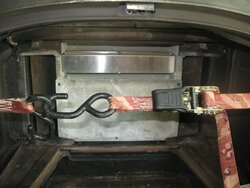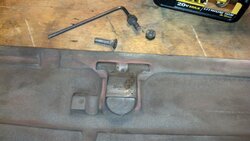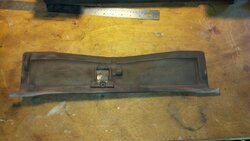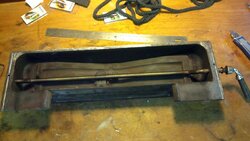Defiant
Vermont Castings Geek
I'll take your 2550Its a 2550 but the original owner NEVER took care of it, so it only seems like 30 years old...... The flue collar is gasket rope or? And it still looks like it will be tough even that direction. Maybe Ill just put up with cold mornings and rough it out till I get a new stove :/
 and give you a Vigilant
and give you a Vigilant




 This will keep going, sorry I will be distracted for awhile, tuna season
This will keep going, sorry I will be distracted for awhile, tuna season


